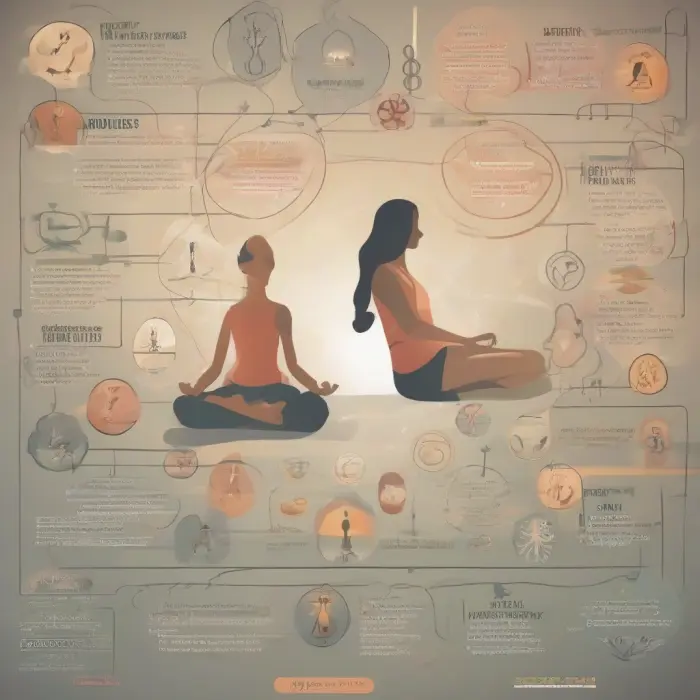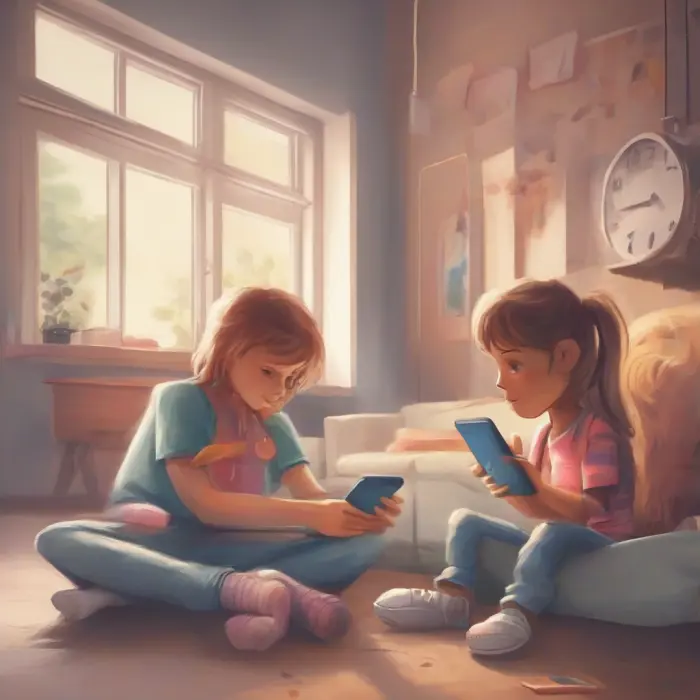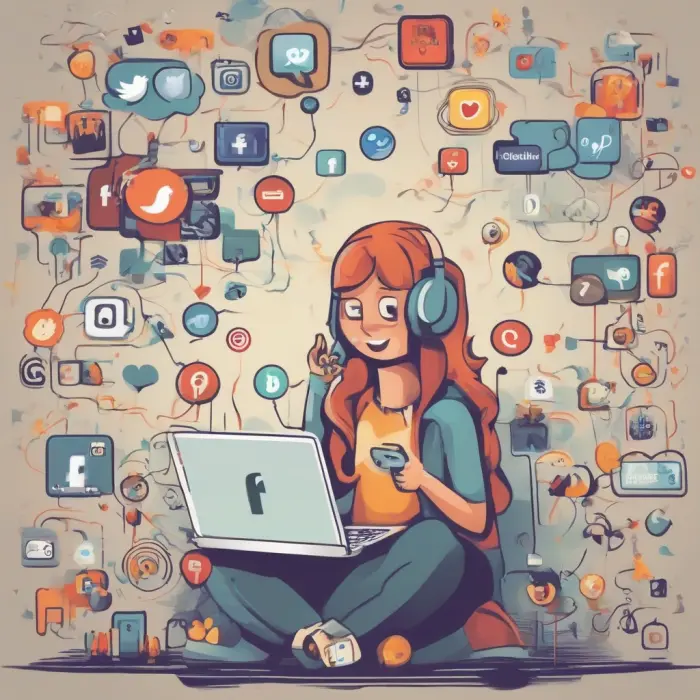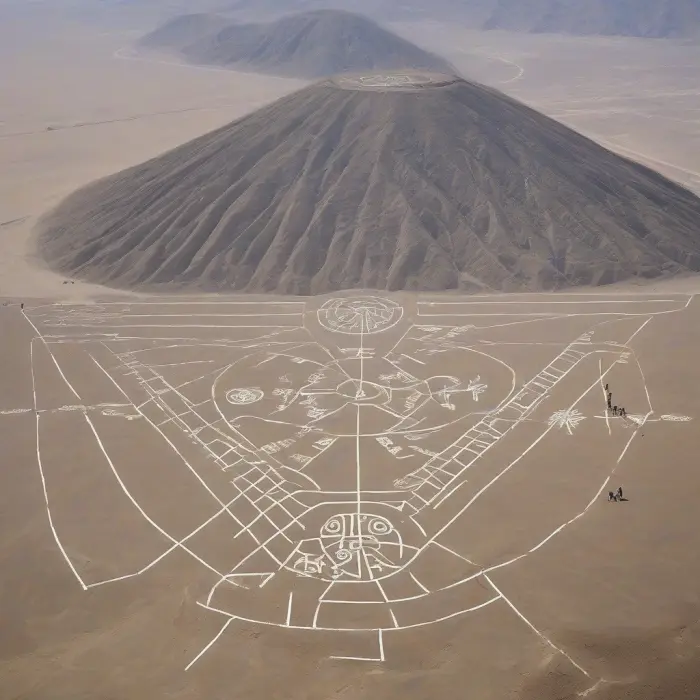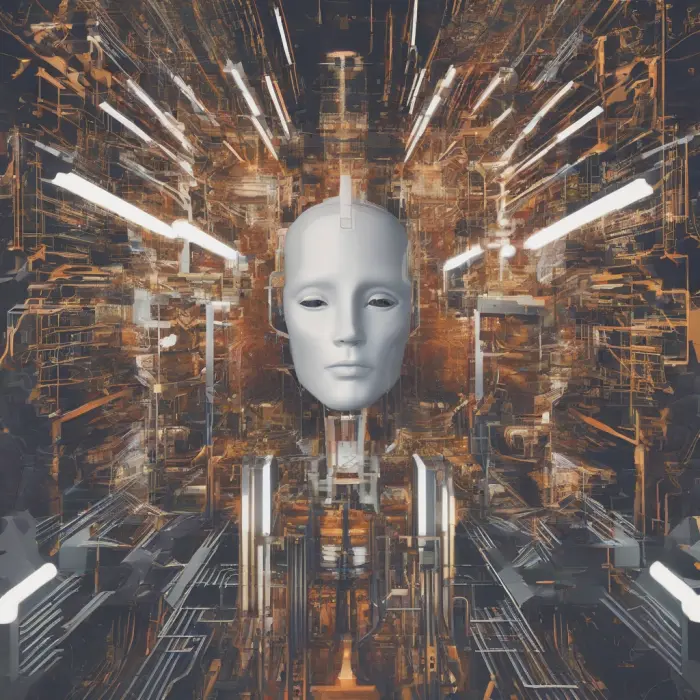Virtual Reality Art: Creating Immersive Experiences
As technology continues to evolve, so does the way we experience art. One of the most immersive and innovative forms of art to emerge in the recent years is Virtual Reality (VR) Art, a mix of technological advancements and artistic aesthetics.
What is Virtual Reality Art?
Virtual reality art combines the traditional elements of art with technology producing an immersive, unforgettable artistic experience. Unlike conventional art forms, virtual reality art is three-dimensional, and it places the audience directly into the artwork, creating a wholly immersive experience that transcends the boundaries of traditional 2D visuals.
The Impact of Virtual Reality on Art
VR technology has revolutionized the art world in a plethora of ways. It has offered artists an entirely new medium of expression, freeing them from the constraints of physical reality. The viewer is no longer on the outside looking in, rather they are fully immersed in the art, experiencing it in a way that is both visceral and profound. The interactivity and immersion of VR art allows it to transcend physical limitations and create a new, all-encompassing sensory experience.
Creating VR Art
Virtual reality art utilizes sophisticated technology such as 3D modeling and programming tools. Artists use various VR software to create their art pieces in the virtual space. These software applications allow them to sculpt, mold, color, and texture their artworks in 3D, as they would in real life.
Then, viewers equipped with VR headsets can fully explore these digital art installations, interact with the environment, and even manipulate elements within the artwork. This form of artistry allows for a level of interaction and exploration that is infinitely more profound than traditional art forms.
The Future of VR Art
As the field of VR continues to advance, the possibilities for VR art are expanding. Artists are constantly experimenting with new techniques and technologies to evolve their craft. Moreover, as more people gain access to VR gadgets, the demand for VR art is also expected to grow.
Already, we're witnessing the emergence of VR art galleries and exhibitions, where viewers can don a VR headset and step into an entirely new reality. Schools and educational institutions are also using VR technology to create immersive, interactive learning experiences for students. While we are just at the dawn of this new era of digital art, the potential for growth is boundless.
Conclusion
The merging of art and technology in the form of virtual reality art is revolutionizing the way we create and experience art. With VR Art, viewer participation goes far beyond simply looking at the art. Instead, the audience can interact with, and even become a part of, the artwork. Despite its novelty, VR art has the potential to transform the future of the art world, providing us with immersive experiences that engage our senses and transcend the boundaries of traditional art mediums.


